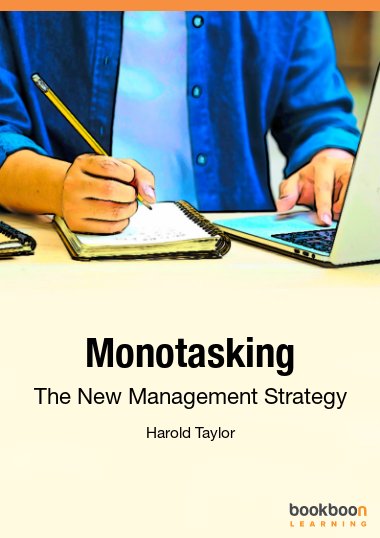Managers who brag about their multitasking skills are less productive than those who don't multitask. It is a scientific fact that our brains do not multitask. Like computers, they process information sequentially by switching quickly back and forth between tasks. Attempting to do more than one task at a time increases the cognitive load in your brain, depleting its available power. To cope effectively with today's workload, distractions, and information explosion, you must practice a strategy foreign to most modern managers - monotasking. This book tells you how.
About the Author
Harold Taylor, currently owner of TaylorInTime, has been speaking, writing, and conducting training programs on the topic of effective time management for over 40 years. He has written over 20 books, including a Canadian bestseller, Making Time Work for You, originally published in 1981.


